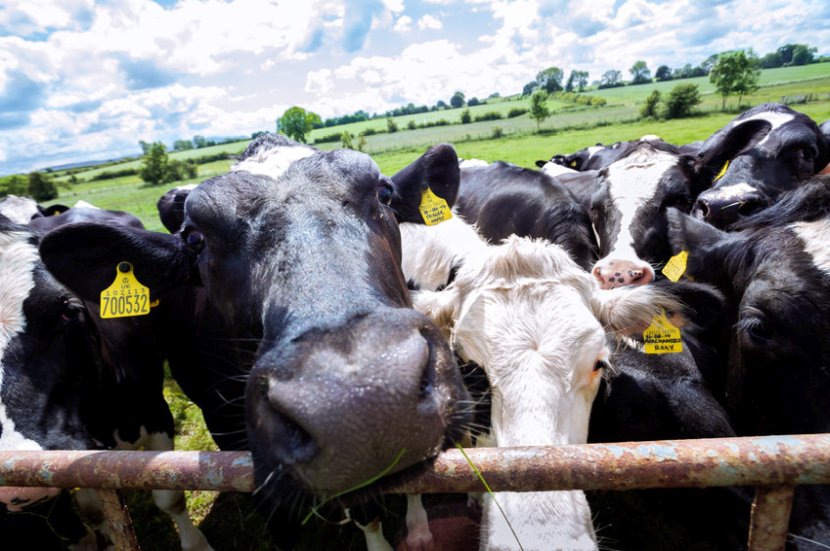
Dairy farm profits averaged £185 per cow in 2020/21 despite the cost of production outstripping milk income, according to an annual industry report.
The Milk Cost of Production report - by rural accountant Old Mill and the Farm Consultancy Group – found that average farm profits fell from £233/cow to £185/cow last season.
This is on the back of a falling milk price, rising feed costs and straw prices at levels not seen before, they said in the report.
But it was the fourth year in a row that profits remained stable above £100 per cow, as increased yields offset the fall in milk price.
Average yields rose by 151 litres per cow due to a favourable milk to feed ratio and good quality forage.
However, the total cost of production - at £2,393 per cow - averaged more than the milk income of £2,321 per cow.
This loss was offset by a recovery in non-milk income due to the improved beef market. Herd size has also shrunk – from 307 to 269 - after farmers culled their less productive animals harder.
The top 10 percent of producers still far outperformed the bottom 10 percent, due to tighter control on costs, the report says.
Dan Heal, rural adviser at Old Mill, said: “The bottom 10% incurred £1,097/cow more costs, spending an average of £2,954/cow.”
This gap had widened on the 2019/20 average of £950/cow, he added. “Though overall profitability has declined from last year, the gap between the top and bottom performing herds has significantly widened.”
The top 10% spent £320/cow less on feed and £261/cow less on labour than the bottom 10%, whilst income brought in was £231/cow higher.
This is despite the top farms producing lower yields of 7,229 litres per year against the bottom farms’ average of 7,483 litres.
“There is a huge range of production level within the top 10%; from 4,828 litres/cow to 9,711 litres/cow, showing that a focus on efficiency pays whatever the yield,” Mr Heal said. “Less efficient setups likely require investment to change this.”
Though organic farmers are excluded from the top versus bottom 10% statistics, their performance has been variable, with some producing within the top 10% of conventional farms and others in the bottom 10%.
Overall, labour costs have increased by £27 per cow, up from £458 per cow in the 2019 - 2020 season.
This trend is likely to continue due to staff shortages and higher wages, according to Mark Yearsley at the Farm Consultancy Group.
Power and machinery costs also rose, by £19/cow to £543/cow. “This is no surprise when fuel and energy prices have increased. This is reflected in the silage costs, which have jumped by 42%.”
In the 2021/22 season, labour, energy and machinery costs are expected to continue to rise, so profits are predicted to fall to £167/cow, especially as the marginal litres become uneconomical to produce, he said.
The cost of production is projected to be £2,354/cow against a predicted milk income of £2,165/cow, down £66/cow as yields decline due to higher feed prices.
However, non-milk income is forecast to rise again, by £365/cow, in response to the buoyant livestock market.
“Compared to the rollercoaster of 2020/21, the current season has felt quite stable up to now,” said Mr Heal.
“The milk price has been relatively static and although costs have risen rapidly, forage is in plentiful supply – certainly within the south west.
"All of this points to a winter where the focus needs to be on profitability rather than production, and to ensure any extra litres produced do indeed pay their way.”
Producers have started to realise they have to re-evaluate their businesses and implement change in management decisions, said Mr Yearsley.
“Less reliance on subsidies means reducing costs where possible, and improving efficiencies to maintain farm profits.”
There is no magic method to being a successful milk producer - all systems can prosper, said Mr Heal.
“The common theme among successful producers is to focus on the big picture and use what is in their control to better manage what they cannot.”
